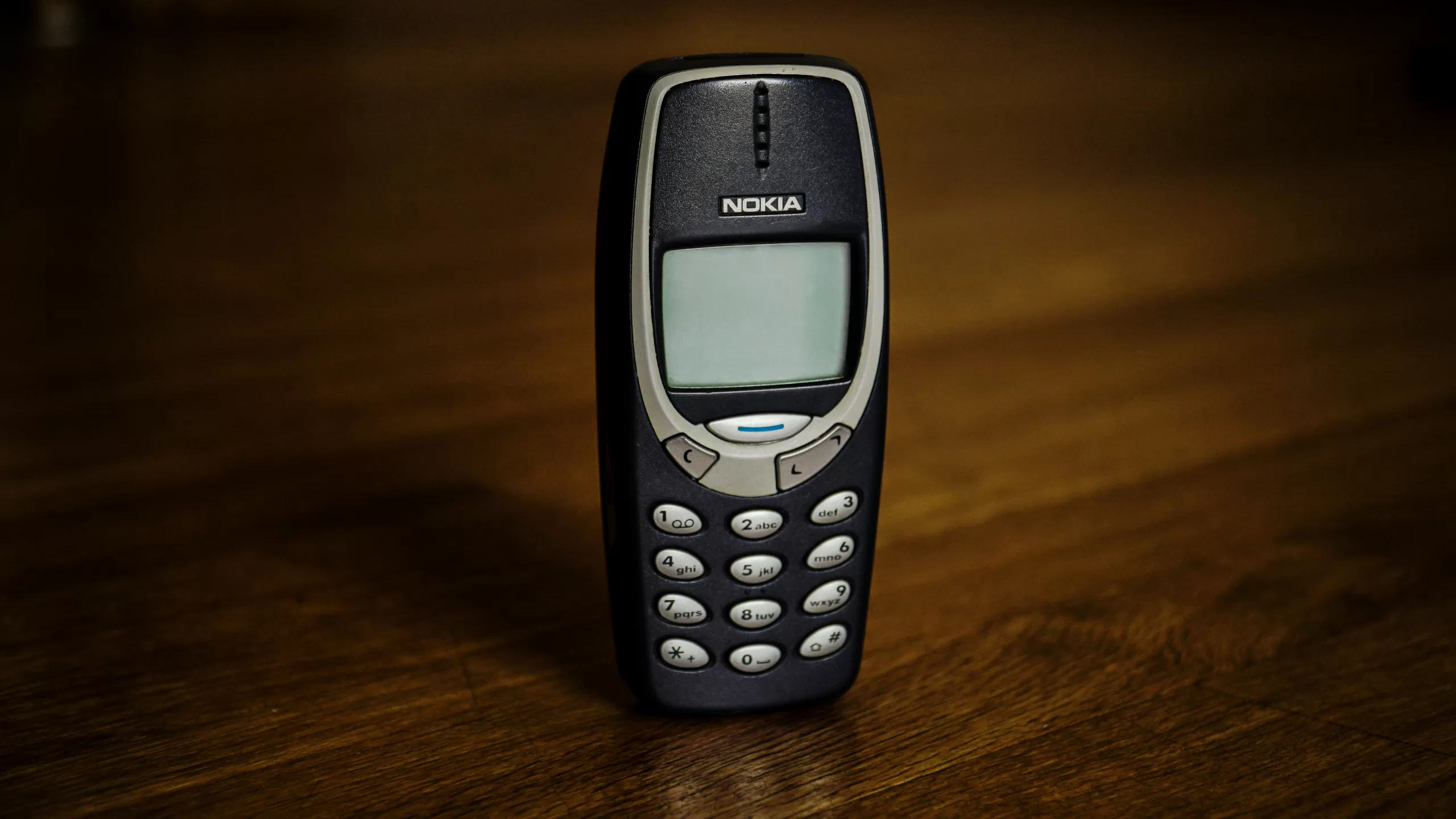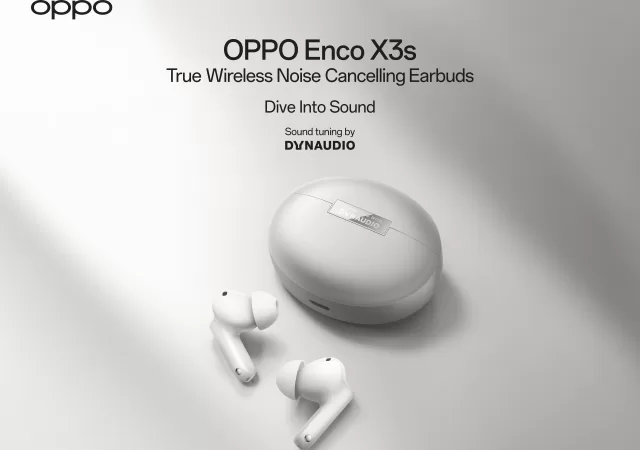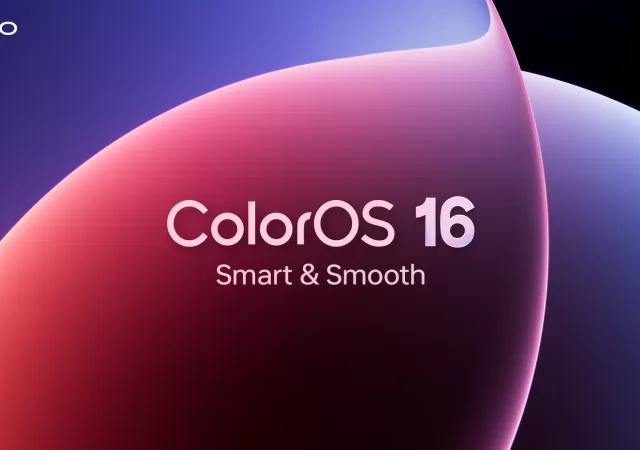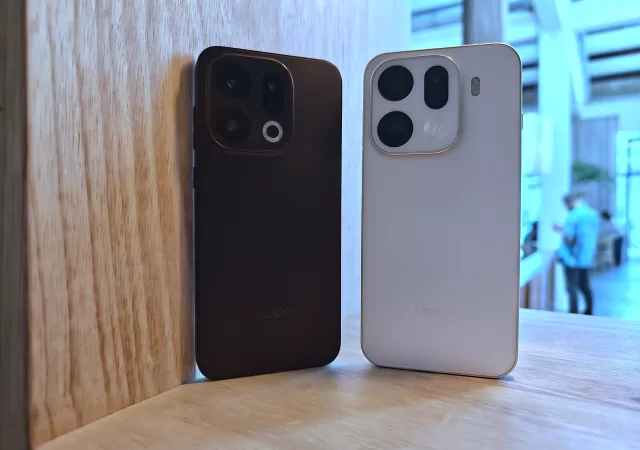What’s the first thing that comes to mind when you hear “Nokia”? For many, it’s probably the indestructible brick phones of yesteryear, or perhaps the iconic ringtone. But for those who’ve followed the tech landscape closely, it’s a story of incredible highs, dramatic falls, and a persistent refusal to quit the mobile game. Now, it seems Nokia is once again reportedly searching for a new partner to license its brand for smartphones. It’s a move that truly suggests a defiant spirit, an unwillingness to completely abandon a consumer space they once ruled.
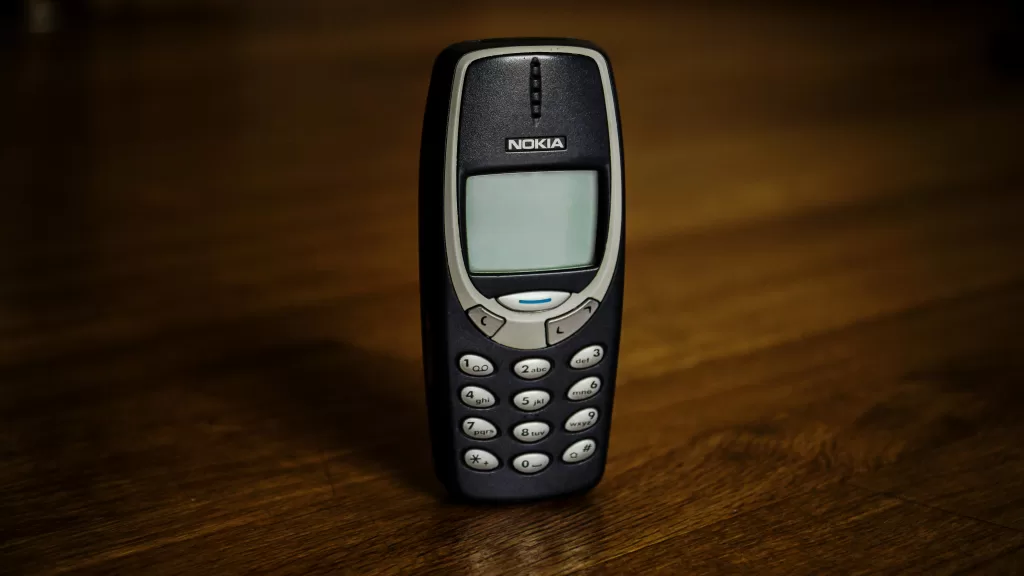
Nokia’s strategic pivot towards network infrastructure and telecommunications equipment, after its initial struggles in consumer mobile, was arguably one of the smartest decisions the company ever made. It allowed them to step away from the relentless, cutthroat world of consumer electronics and focus on a robust, profitable business-to-business segment where their engineering prowess truly makes the difference. With that in mind, watching them seemingly eye the mobile market again is, well, quite intriguing.
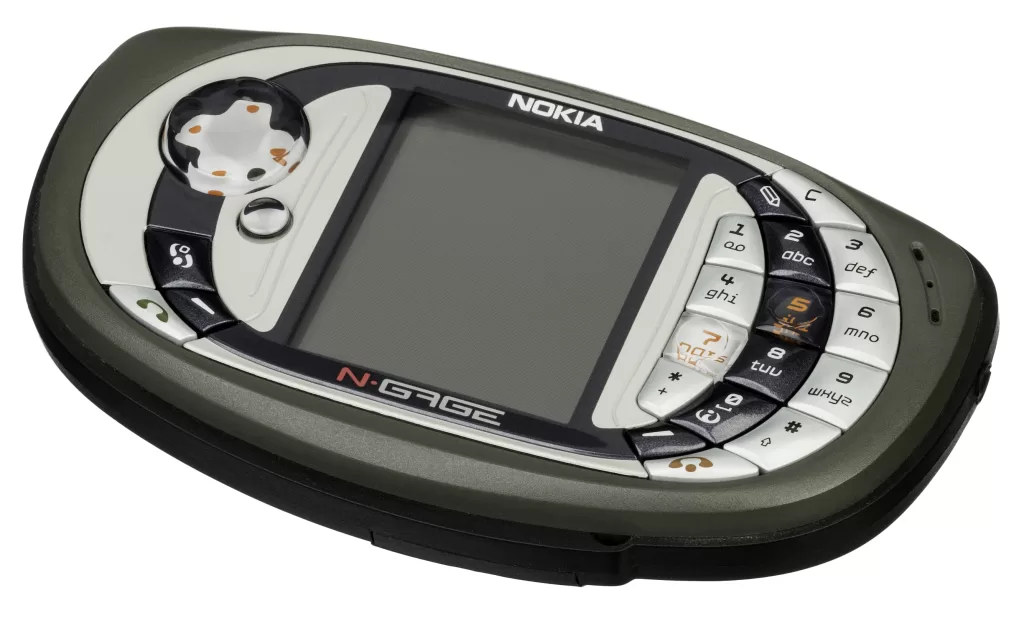
Back in Nokia’s heyday, they weren’t just a big player; they were genuine innovators. They carved out a massive niche for themselves not just by being early, but by bravely taking chances on wild, new designs and concepts. Remember the N-Gage? It was a phone, a gaming device, and a bold statement all rolled into one. It might have been quirky, but it clearly demonstrated a tenacity for innovation and a willingness to try something genuinely different. That era cemented Nokia’s reputation as a leader, constantly pushing boundaries with both design and functionality.
However, Nokia’s journey in mobile also carries a consistent, and rather unfortunate, underlying theme: a hesitation to take significant risks when it mattered most. The first time around, despite being an industry leader, they arguably became complacent, slow to adapt to the burgeoning smartphone revolution and the touchscreen era. Their stubborn adherence to their Symbian OS, while competitors embraced new operating systems, ultimately led to their downfall in that initial phase.
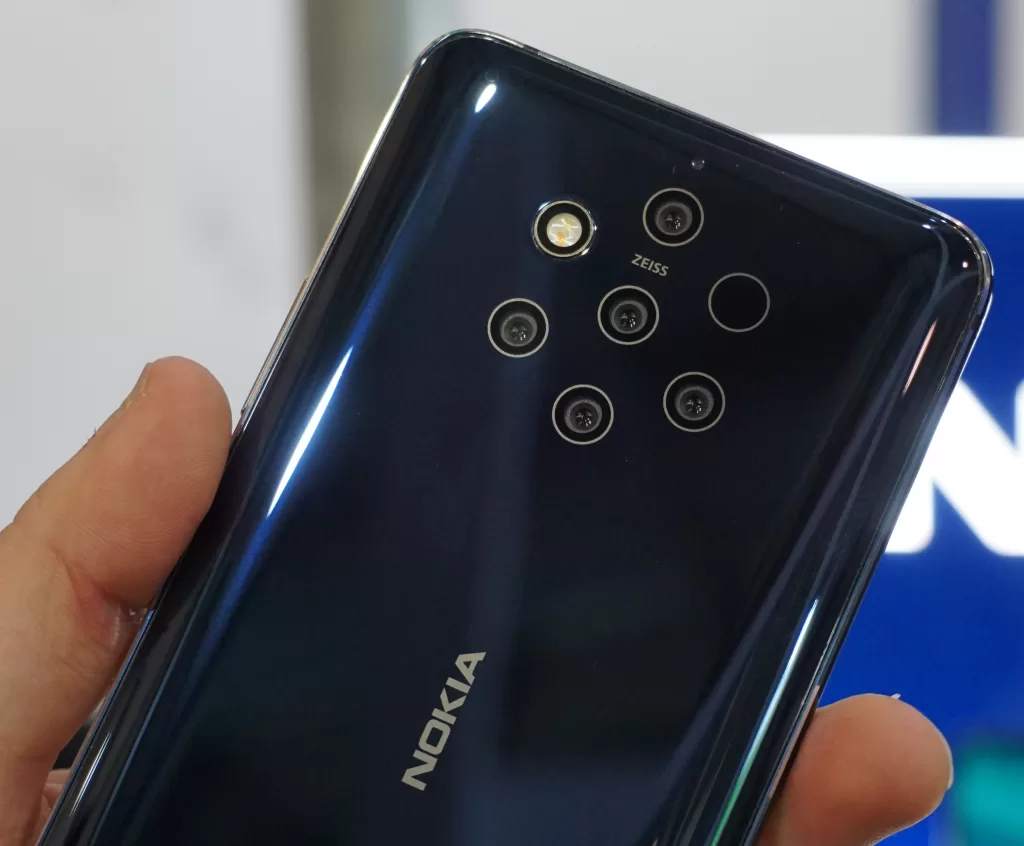
Their second attempt at mobile, through the partnership with HMD Global, did bring the Nokia brand back into the spotlight with a focus on reliable, pure Android experiences. They launched some genuinely popular models that tapped into nostalgia and offered solid performance. Yet, even during this period, both Nokia and HMD seemed hesitant to fully back some of their more ambitious devices. Take the Nokia 9 PureView, for example. It was a fascinating phone, featuring a unique multi-camera system that promised incredible photographic capabilities. It generated a good deal of buzz, offering a glimpse of that old Nokia innovation. But ultimately, it felt like neither company fully committed their marketing or distribution might behind it, allowing it to quietly fade into relative obscurity. That hesitation, that apparent fear of truly going all-in on a bold design, strikingly mirrored the risk aversion that had cost them dearly the first time.

Now, with reports circulating about a new licensing search, one can’t help but wonder if Nokia will finally learn from these past lessons. A recent, now deleted post on Reddit from a Community Manager account indicated that the company is indeed open to partnering with large-scale mobile manufacturers. This suggests they’re not just looking for any partner, but one with significant muscle to make a real impact.
So, what would truly set Nokia phones apart in the current crowded market? It would need to leverage the unique DNA that defined their past successes. Imagine devices embodying the spirit of the N-Gage, pushing boundaries with gaming integration or unconventional form factors designed specifically for unique use cases. Beyond that, Nokia also had a history of productivity-focused devices, often with strong enterprise appeal and robust build quality – a niche that could be revisited with modern interpretations. And of course, there’s the PureView camera technology. While the Nokia 9 PureView from the HMD era didn’t quite hit its stride, the underlying concept of advanced computational photography, backed by multiple lenses, was incredibly innovative. With the right backing and continued development, that technology could truly stand out in today’s mobile photography wars.
The consumer mobile market today is more crowded and fiercely competitive than ever before. If Nokia is genuinely set on succeeding this time, it won’t be by playing it safe. It will demand not just finding a new partner, but reigniting that spirit of defiance and innovation that gave us devices like the N-Gage – a renewed willingness to take bold, calculated risks, fully back their unique innovations, and truly differentiate themselves in a sea of increasingly similar smartphones. Otherwise, this third attempt might unfortunately become just another chapter in a history marked by squandered potential.



